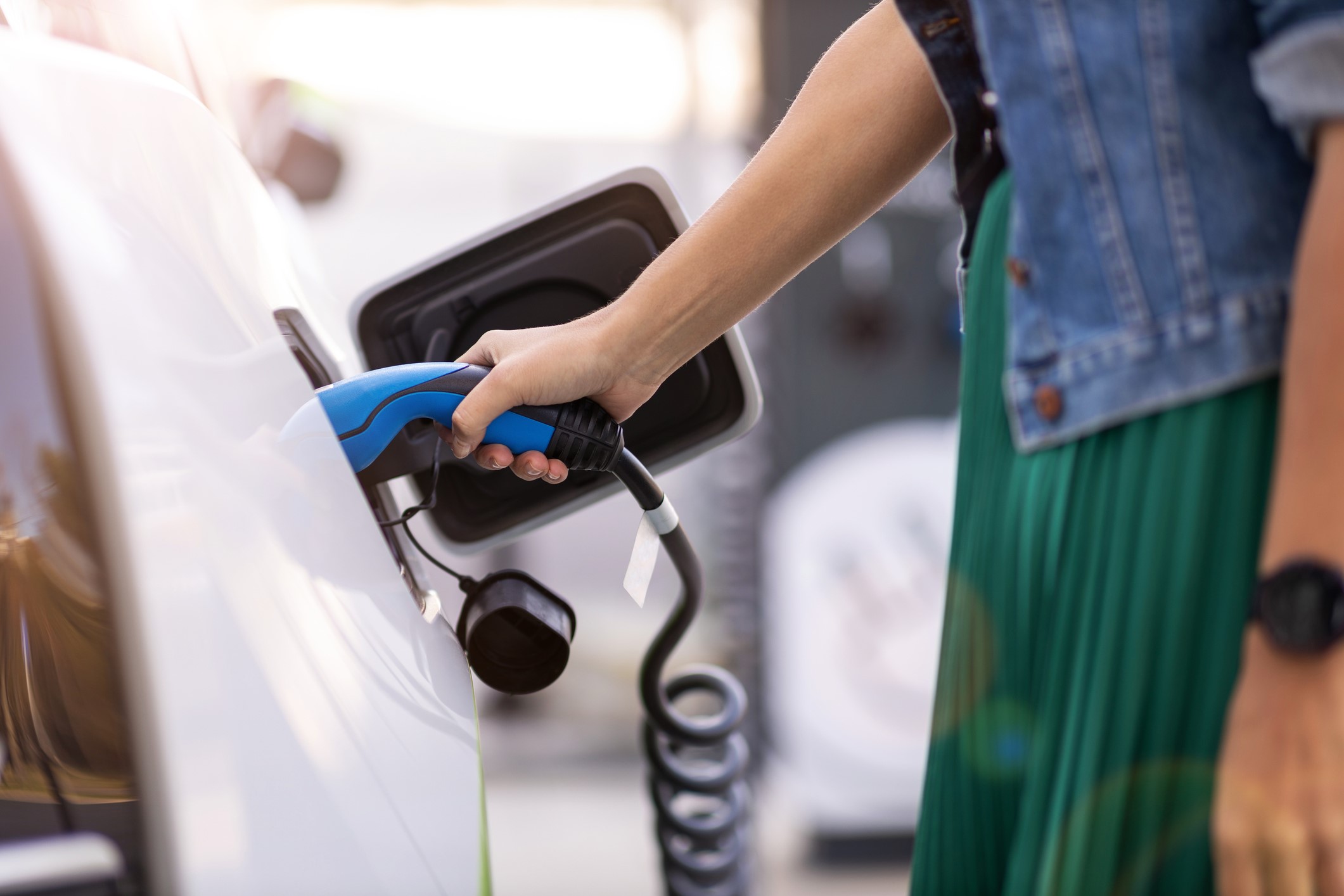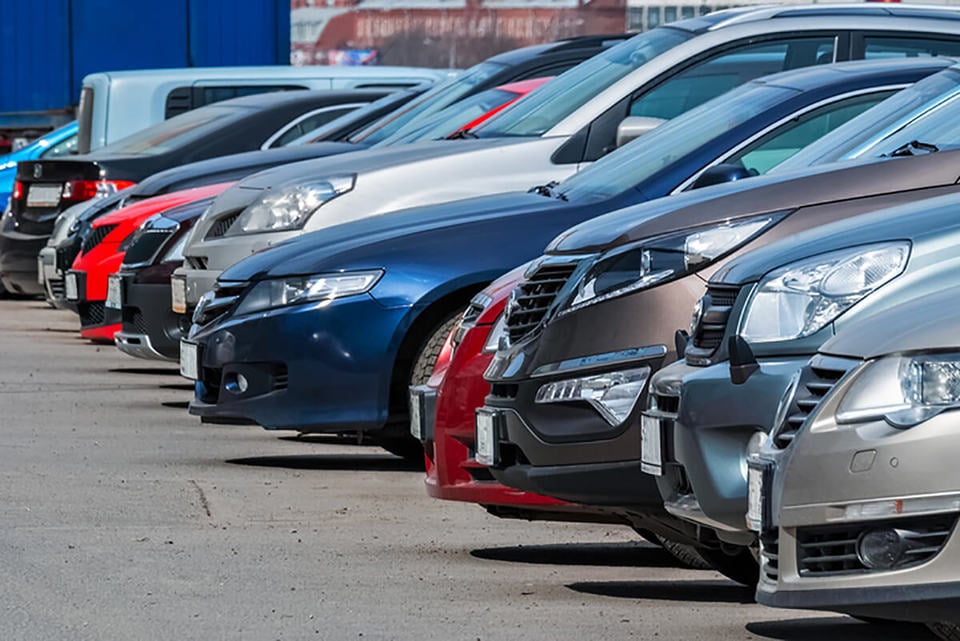Used car values have slipped a further 1.5% on average since Cap HPI reported a 4.2% fall in October, the largest drop in a single month for more than a decade.
The average value of a used car at three years, 60,000 miles, fell by £850, in October.
In the last 10 years, Cap HPI has only witnessed monthly drops in Live values of more than 3% on three occasions - November 2014, May 2019 and November 2020.
Following the 1.5% decline in used car values seen so far this month, Derren Martin, director of valuations at Cap HPI, said: “The market is moving quickly, and the valuations team at Cap HPI is making thousands of adjustments to vehicle values on a daily basis.
“Vendors and buyers must keep up to date on market movements through this transitional period.”
Martin described it is a “market realignment”, with values dropping by a cumulative 13.6% in seven months since April.
“It looks like November will see another reasonably large drop,” he added. “However, values could also start to stabilise, particularly if dealers and car supermarkets start to stock up, with an eye on January.
“Keeping close to Live values is absolutely imperative in the current climate, with monthly values already out of date for many models.”
Cap HPI provides data and software solutions spanning vehicle valuation, validation, collision, mechanical repair, and total cost of ownership.
Retail used car values soften in October
According to the Auto Trader Retail Price Index, average used car retail prices contracted on a year-on-year basis for the second consecutive month in October, dropping by 1.7%.
The headline figure, however, continues to mask a nuanced and resilient used car market, with robust levels of consumer demand and price growth still present in market segments., it said.
Auto Trader’s proxy sold data suggests transactions were up circa 2% year-on-year in October. Speed of sale is also robust, ahead of prior year levels at 29 days (versus 30 in October 2022).
Underlining the strong profit potential still available in segments of the second-hand market, the average price of cars aged 10-15 years-old (£6,655) recorded a 9.6% year-on-year increase in October, while those over 15 years (£5,561) were up 6.4%.
The middle of the market remains stable, with the average retail price of those cars aged 5-10-years-old up 2% year-on-year and flat month-on-month.
At the newer end of the market, however, the average price of cars under 12 months old fell 3.5% year-on-year (£35,939), and those aged 1-3 dropped 7.6% (£26,132).

In terms of used electric vehicles (EVs), Auto Trader says that in October alone, supply of EVs under a year old was up 48.1% year-on-year, with the average values of EVs within this cohort down 11.4% year-on-year.
Used EV prices across all age groups (£31,787) were down 20.5% year-on-year in October, improving on the 22.1% drop in September and the 22.6% in August, showing the continued recent strengthening of the used EV market context.
Prices also fell on a month-on-month basis, albeit by just 0.3% and by the second lowest rate in over 12 months.
Auto Trader’s director of data and insights, Richard Walker, said: “Although October marked the second month of contraction in headline figures, as always context is important.
“Transactions are stable, consumer demand is robust, engagement is increasing, cars are selling quickly, and there are still segments of the market recording strong price growth.
“These are reasons to feel positive, and as always, we’d urge the industry to be led by these consumer trends and the broader retail environment to inform stocking and pricing decisions.
“With 14% of used cars advertised on Auto Trader priced below their market value in October, potential profit is still being left on the table. In such a nuanced market it’s essential to be guided by a vehicle view, not a forecourt view.”
Top 10 used car price growth (all fuel types) | October 2023 vs October 2023 like-for-like
|
Ranks |
Make |
Model |
Oct 23 Average Asking Price |
Price Change (YoY) |
Price Change |
|
1 |
Volkswagen |
Beetle |
£8,010 |
12.2% |
-2.2% |
|
2 |
Peugeot |
Partner Tepee |
£9,752 |
10.3% |
0.9% |
|
3 |
Dacia |
Sandero Stepway |
£9,810 |
8.9% |
0.0% |
|
4 |
Mercedes-Benz |
M Class |
£12,002 |
8.7% |
-1.0% |
|
5 |
Volvo |
V70 |
£7,226 |
8.4% |
-0.1% |
|
6 |
Fiat |
Panda |
£6,358 |
8.3% |
0.6% |
|
7 |
Dacia |
Sandero |
£8,398 |
8.1% |
-0.9% |
|
8 |
Land Rover |
Freelander 2 |
£8,730 |
7.7% |
1.1% |
|
9 |
Toyota |
Avensis |
£5,618 |
7.3% |
-1.2% |
|
10 |
Mitsubishi |
ASX |
£11,336 |
6.9% |
-1.5% |
Top 10 used car price contraction (all fuel types) | October 2023 vs October 2023 like-for-like
|
Rank |
Make |
Model |
Sep 23 Average Asking Price |
Price Change |
Price Change (MoM) |
|
10 |
Fiat |
500e |
£21,633 |
-19.1% |
2.0% |
|
9 |
Volkswagen |
ID.4 |
£37,511 |
-19.2% |
2.4% |
|
8 |
Citroen |
e-C4 |
£22,774 |
-19.8% |
3.4% |
|
7 |
Hyundai |
IONIQ |
£16,253 |
-20.1% |
-0.8% |
|
6 |
Audi |
Q4 e-tron |
£42,895 |
-21.1% |
-0.2% |
|
5 |
Vauxhall |
Mokka-e |
£22,791 |
-22.6% |
1.4% |
|
4 |
Porsche |
Taycan |
£87,015 |
-22.7% |
0.2% |
|
3 |
Nissan |
Leaf |
£16,034 |
-23.6% |
1.5% |
|
2 |
Renault |
Zoe |
£14,225 |
-24.6% |
3.4% |
|
1 |
BMW |
i3 |
£17,357 |
-24.8% |
1.2% |
Used vehicle market is becoming more seasonal
The used market is starting to develop more of a seasonal feel to it for the first time since before the Covid pandemic, according to Aston Barclay.
Its Q3 used vehicle insights report has witnessed overall demand and prices gently slowing down as buyers become more selective due to market conditions, while volumes continue to rise as new vehicle production improves.
Immediate proof of more used cars coming to auction came as Aston Barclay saw a 10% increase in fleet car sales in Q3 compared to the previous quarter, fuelled by a strong September plate change.

“Covid presented numerous challenges for new vehicle production, which made the market very sporadic,” said Nick Thompson, Aston Barclay’s chief customer officer.
“The new vehicle shortage pivoted the usual New Year, summer, winter and new March and September plate change market adjustments we had been used to for years, but in Q3 we started to see signs the market is reverting to normal.”
The insight found that, currently, the current hot spot for wholesale buyers is between £8-15,000 which means ex-fleet and young dealer part exchange cars (55-75 months) are in high demand.
This resulted in prices of young dealer part exchanges remaining static at £11,266 in Q3, while fleet cars fell by 3.7% (£621) to £16,022, following the trend of prices being marked down by the residual value guides.
EV prices fell again in Q3 by 7.7% (£1,702) to £20,398 but Aston Barclay continue to see more ICE and EV models at the £10-15,000 mark reaching price parity with one another, which is making the ICE v EV choice more straightforward for consumers.
Used EVs reached 4% of Aston Barclay’s total sold volume in the quarter for the first time, a number which will continue to grow as leasing vendors report new EVs and ICE car deliveries are now on par with one another.























Login to comment
Comments
No comments have been made yet.